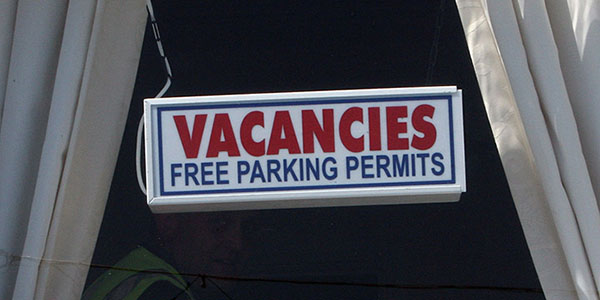Some of the luster has faded in the glitzy world of West Los Angeles’ retail.
West L.A.’s vacancy rate reached 7.5 percent in the second quarter, making it the second highest vacancy submarket in Greater L.A., behind Antelope Valley. The amount of empty space on the Westside increased by 2 percent from the first quarter, when it saw 5.5 percent vacancy.
The area saw negative net absorption, too — of 105,195 square feet — which brought its total negative net absorption for the year to 146,764 square feet.
Southeast L.A. saw the second highest vacancy. It rose 1.4 percent in the second quarter to 4.1 percent vacancy. Negative net absorption was 102,280 square feet, compared to a positive absorption of 6,762 in the first quarter.
Overall vacancy in Greater L.A. rose by 7.6 percent, clocking in at 5.2 percent for the second quarter, compared with 4.8 percent in the prior quarter.
The shuttering of big box retailers, especially in secondary markets, negatively impacted second quarter figures, said Ashley Hill, senior research analyst for retail at CBRE.
“Secondary markets are bringing everything down, but vacancy is still lower than it was three years ago,” Hill said. “You’re seeing a lot of big box retailers in secondary markets going empty and that’s what’s causing this negative absorption and the vacancy rate to drop.”
Even West L.A. saw a big box tenant, a 82,000-square-foot Kmart, leave the scene.
The most affected property types, however, are mall owners. Tenants have been asking for more concessions such as shorter leases and decreased rents, according to CBRE. Some retailers are even hiring leasing consultants to gain more leverage in their negotiations.
Hill said in response to the vacancies, asking lease rates in Greater L.A. dropped for the first time in eight quarters by 3.5 percent to $2.52 per square foot, compared to an average of $2.63 per square foot in the prior quarter.
